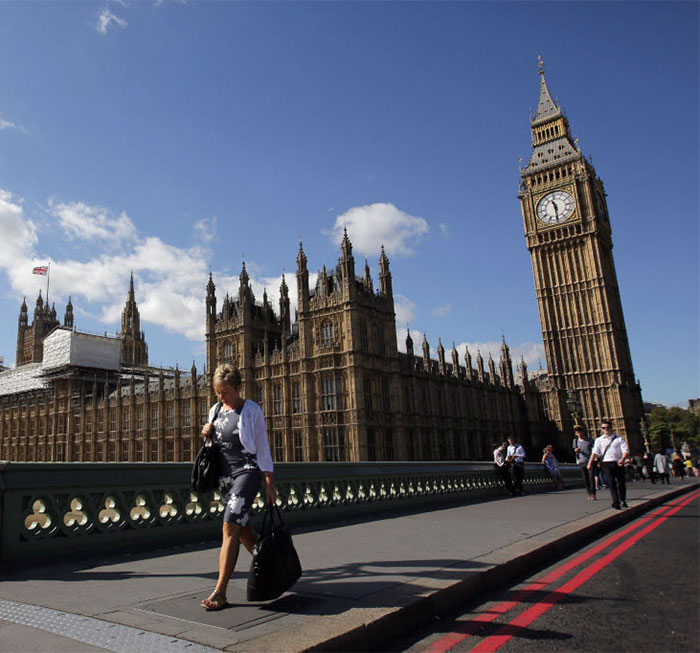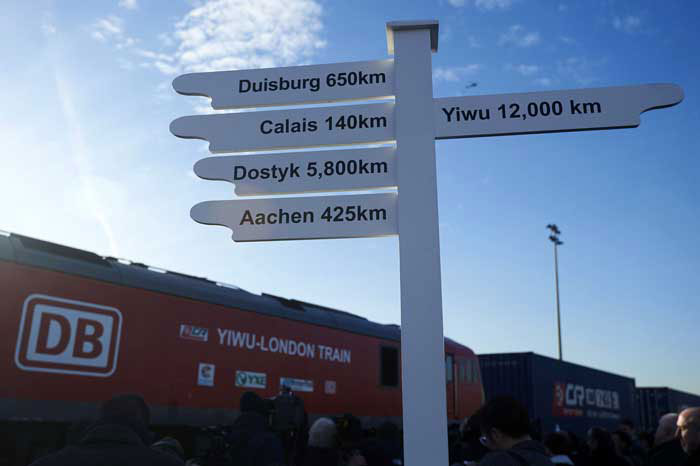Yiwu - London Route Two-week train ride from China to the west
In January, the first train made the 12,000km, 18-day journey from China to the United Kingdom, making London the 15th European city with direct rail links to China. Last month, the first freight train set off from Stanford-le-Hope, Essex, for Yiwu in Zhejiang province, China. As Brexit looms, British Prime Minister Theresa May will likely be hoping trade ties between the United Kingdom and China continue to improve.
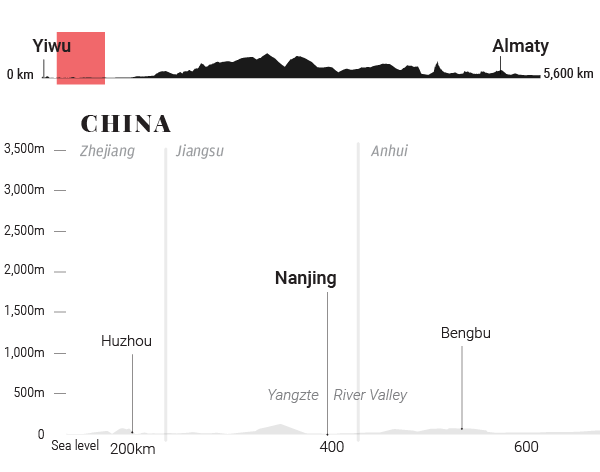 Land elevation of the Huzhou - Bengbu railway SCMP Graphic
Land elevation of the Huzhou - Bengbu railway SCMP Graphic
YIWU - ZHENGZHOU
The train heads to Zhengzhou, a rapidly-growing city on the southern banks of the Yellow River. Once, it was one of the eight ancient capitals of China, home to the famous Shaolin Monastery. Nowadays, it’s a major national railway hub within easy reach of Beijing, Xian and Hong Kong by high-speed train.
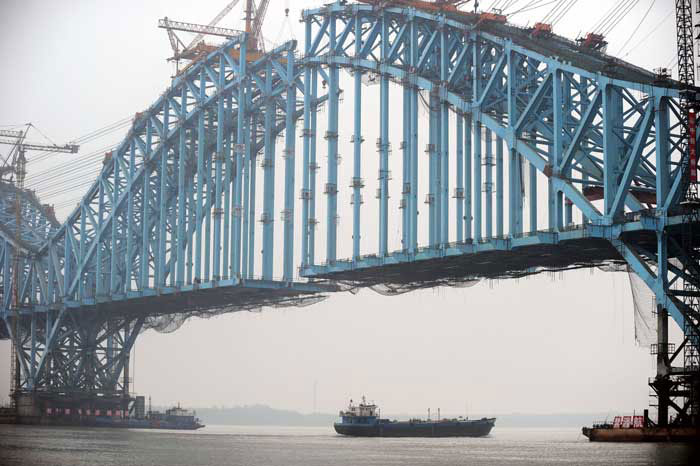
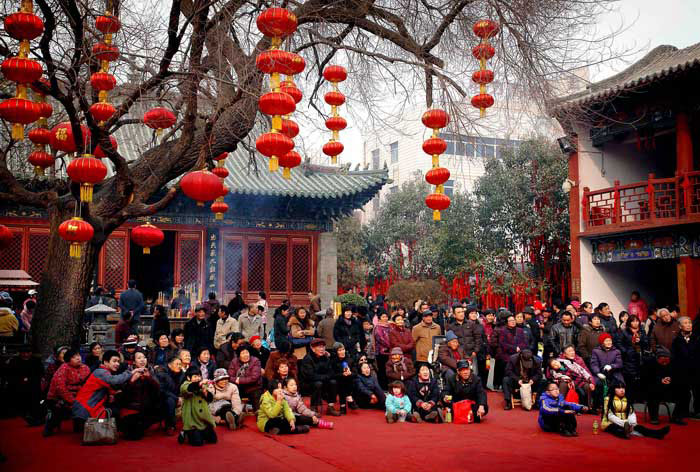
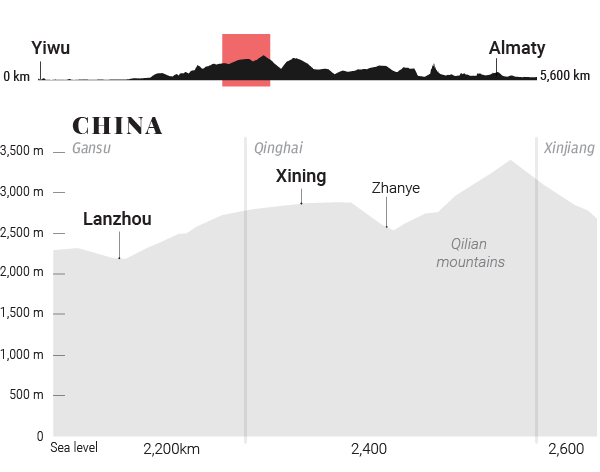 Land elevation of the Lanzhou - Xinjiang railway SCMP Graphic
Land elevation of the Lanzhou - Xinjiang railway SCMP Graphic
The Industrial Belt
The train then passes through Baoji, Tianshui, Lanzhou and Zhanye, cities along China’s huge industrial belt, which have some of the worst air quality in the world. Ten of the world’s top 20 most polluted cities are in China.
Located in a narrow, curved river valley and hemmed in by mountains which block the flow of air, Lanzhou has become notorious for its pollution problem, despite recent improvements. In 2014, Lanzhou officials told residents not to drink tap water, because benzene levels were 20 times the national limit of 10 micrograms per litre
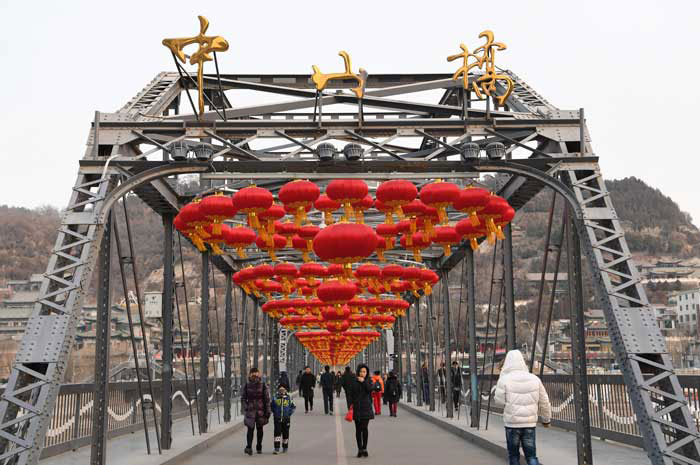
THE TIBETAN PLATEAU
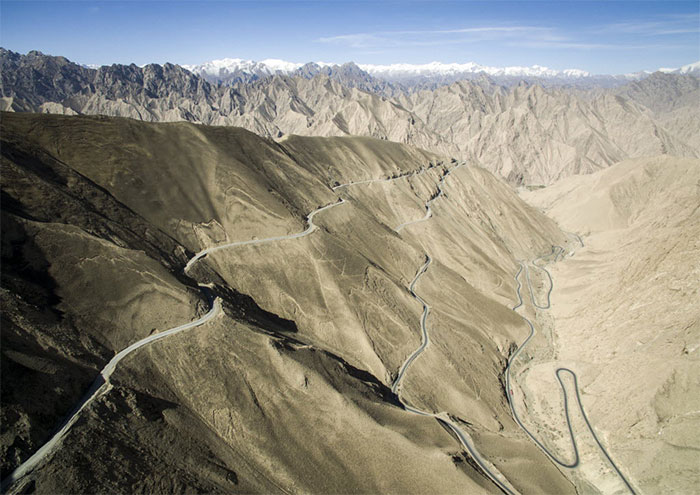
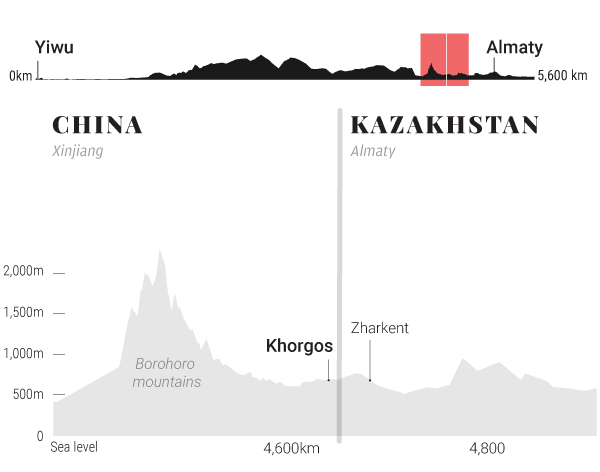 Land elevation of the Khorogos-Zharkent railway. SCMP Graphic
Land elevation of the Khorogos-Zharkent railway. SCMP Graphic
XINJIANG REGION
Xinjiang, an autonomous region in northwest China, is a vast area of deserts and mountains which is home to many ethnic minority groups. The ancient Silk Road trade route linking China and the Middle East once passed through Xinjiang, and its legacy can still be seen in the traditional open-air bazaars of the oasis cities of Hotan and Kashgar. The region is home to the Turkic Uygur people, and 58 per cent of the population practices Islam. In recent years, the region has seen a rise in terrorist activity as tension escalates between Islamic separatists and the Chinese government.
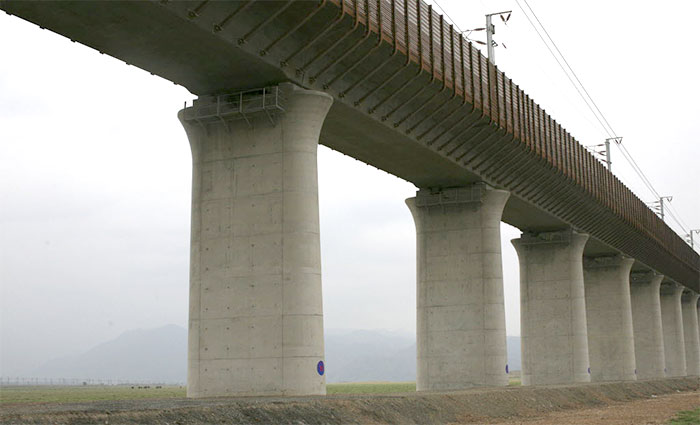
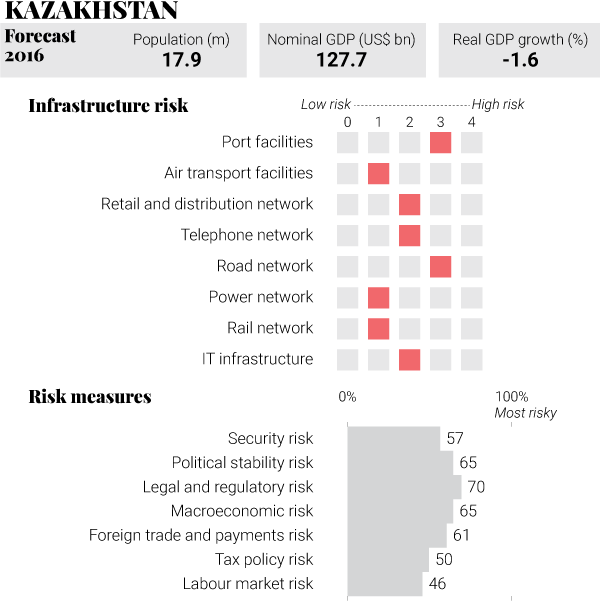
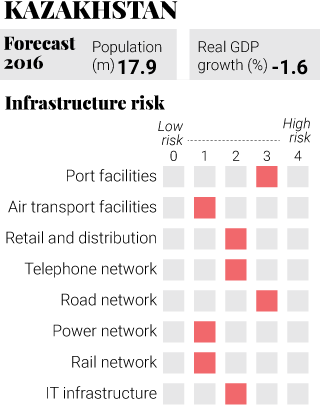 Source: The Economist. SCMP Graphic
Source: The Economist. SCMP Graphic
ASTANA The east door to the former Soviet transport network
The route crosses 2000 km of the former Soviet Union but passes through only two large cities: the old Kazakh capital Almaty, and Astana, Kazakhstan’s modern capital. The flashy city, built almost from scratch since 1998, is known for its striking and futuristic skyline.
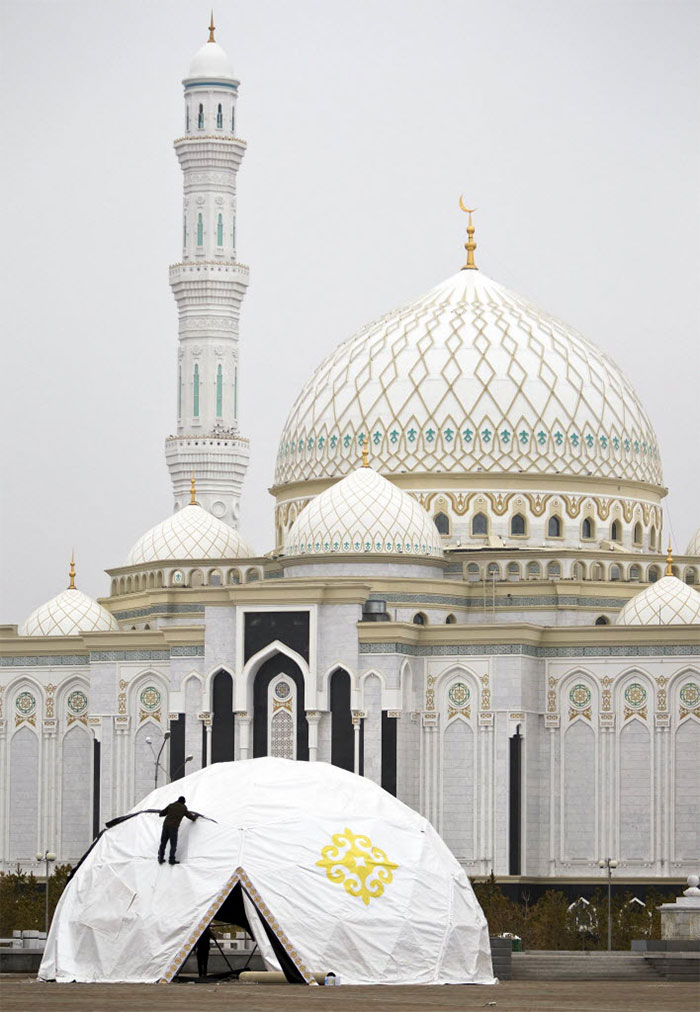
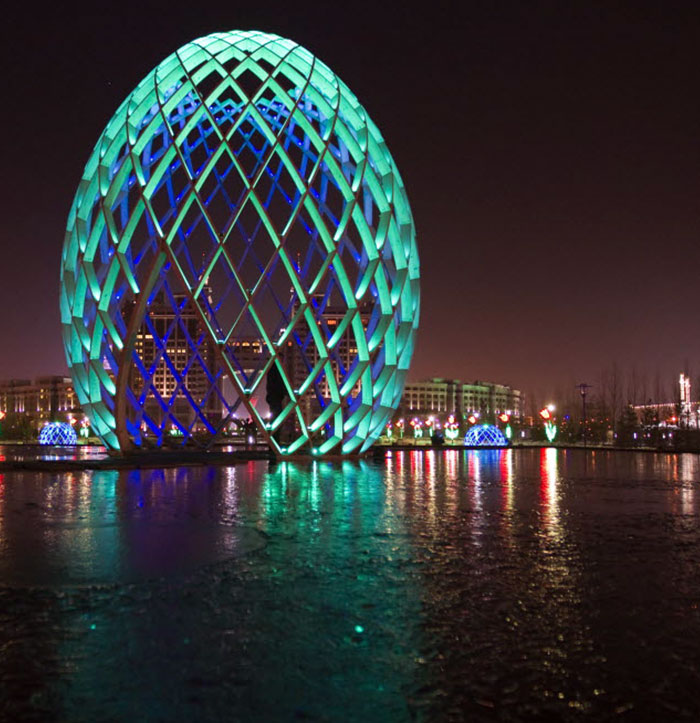

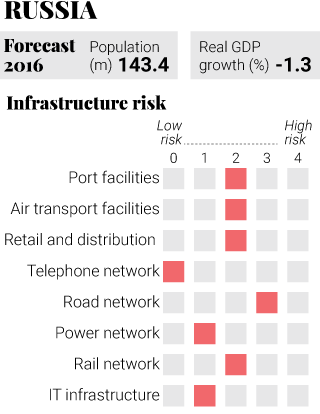 Source: The Economist. SCMP Graphic
Source: The Economist. SCMP Graphic
YEKATERINBURG
After entering Russia, the line crosses the Urals before arriving at Yekaterinburg, Russia’s fourth-largest city. The Ural mountain range is viewed as the boundary between Europe and Asia.
Straddling that boundary, the political capital of the Ural region overflows with culture, and boasts close historical ties to the Russia’s tsars.
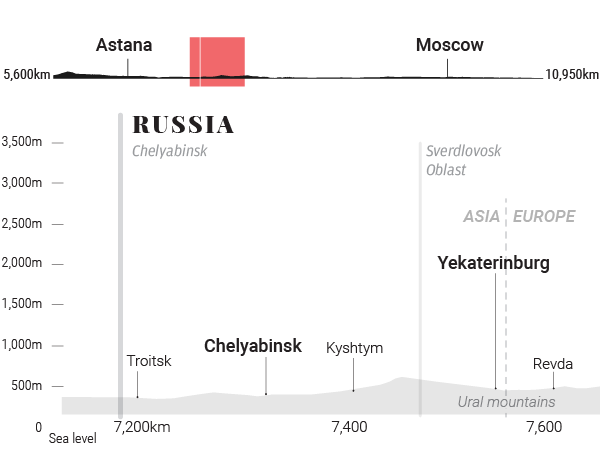 Land elevation of the Troitsk-Revda railway SCMP Graphic
Land elevation of the Troitsk-Revda railway SCMP Graphic
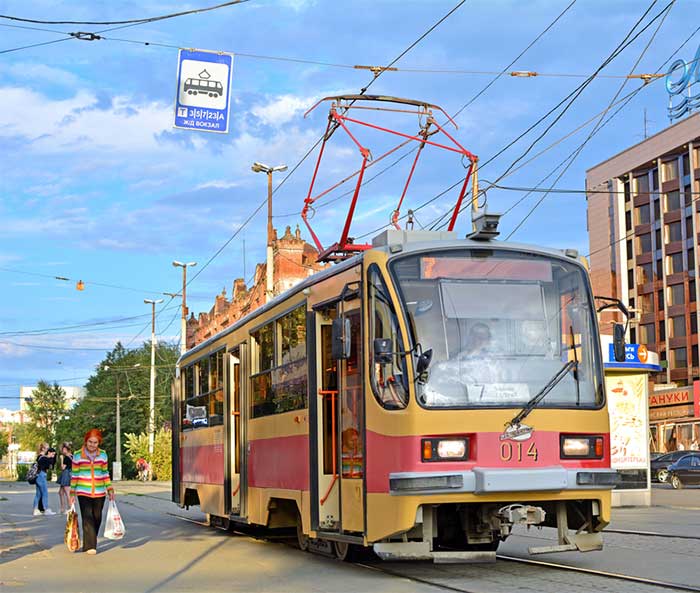
Kazan
The route crosses the Volga River into Kazan, the capital of the Republic of Tatarstan, a semi-autonomous region in Russia. The centuries-old Kazan Kremlin is a fortified citadel containing museums and sacred sites. Kremlin landmarks include the leaning Tower of Soyembika, the blue-and-gold domed Annunciation Cathedral and the vast, colourful Kul Sharif Mosque. In 2009, the Kazan Kremlin was declared a World Heritage site.
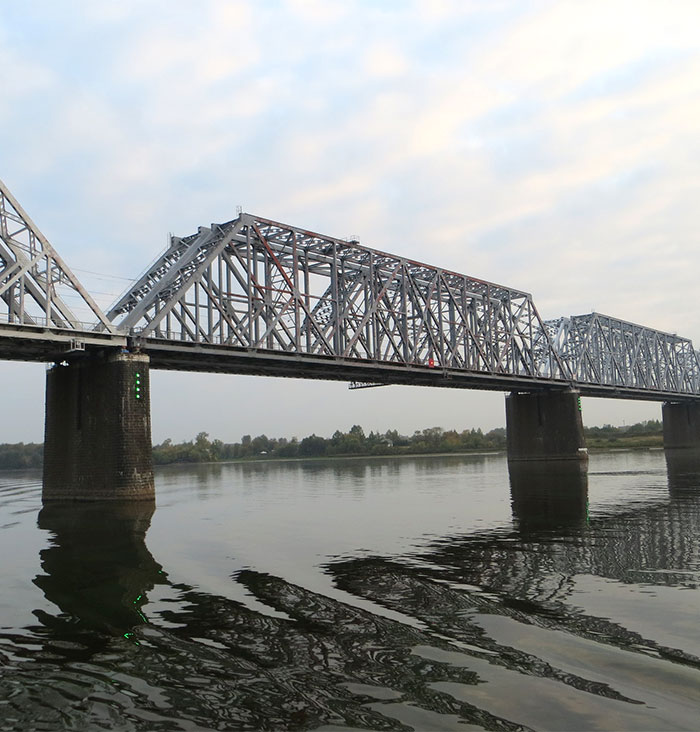
Moscow
Trade relations between Russia and China have improved since the countries signed a US$400 billion agreement in 2014 that will see Russia deliver 38 billion cubic metres of natural gas to China each year.
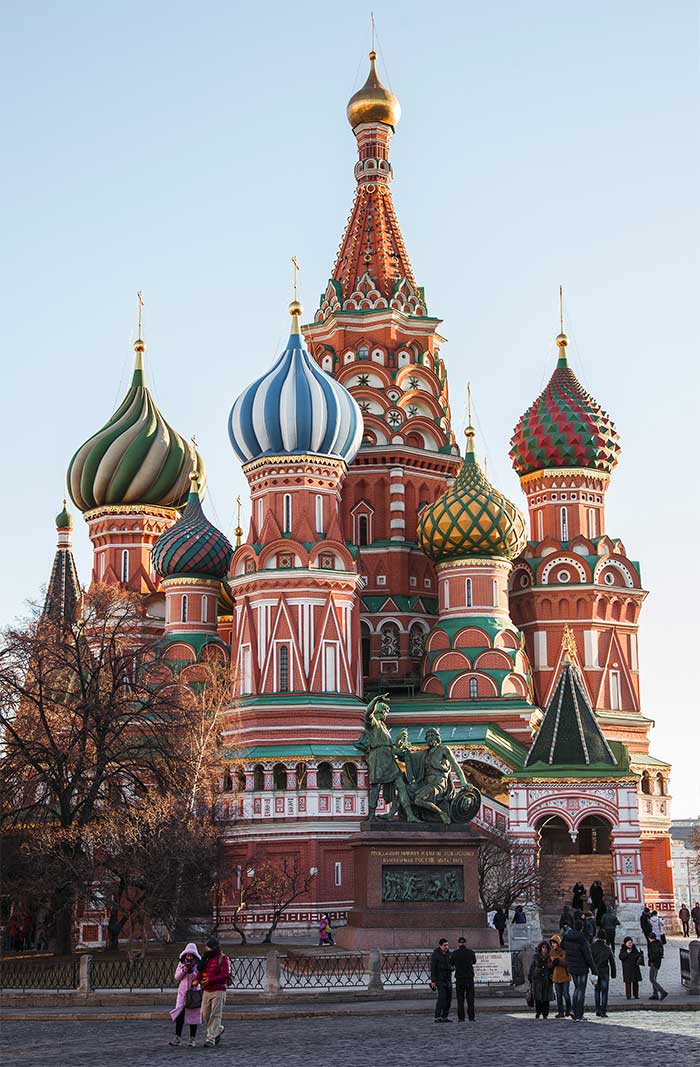
However, despite profiting from the “Belt and Road Initiative”, Russia is proving slow to join, preferring its own, five-nation Eurasian Economic Union. Straddling Asia and Europe, Russia is in a position to stifle trade between China and Western Europe
Minsk The western border of the former Soviet railway
After passing through the capitals of Russia and Belarus, the train enters Poland. It must switch train gauges — a process it last carried out more than 4000km ago, back in the China-Kazakhstan border city of Khorgos.
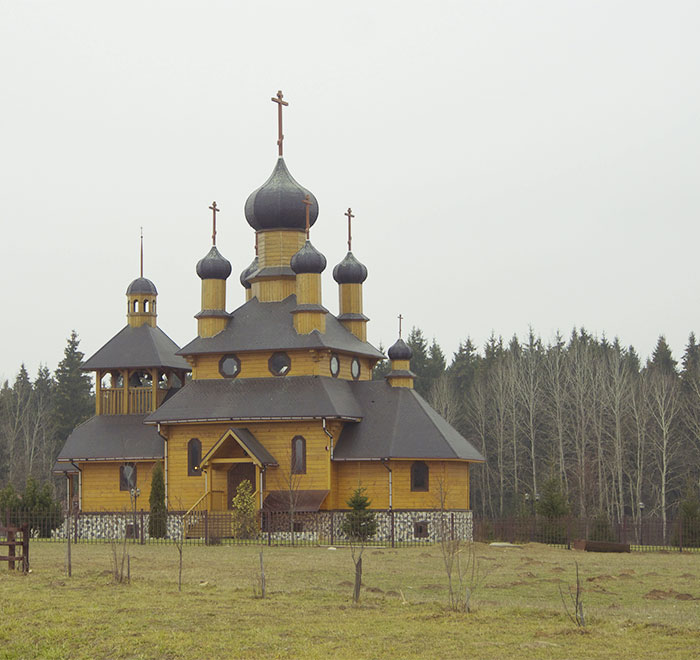
Germany
Germany is China’s largest European trading partner. It is involved in five railway projects under the belt and road initiative, which will link five German cities with Chinese centres: Leipzig-Shenyang, Duisburg-Chongqing, Hamburg-Zhengzhou, Hamburg-Harbin and Nuremberg-Chengdu
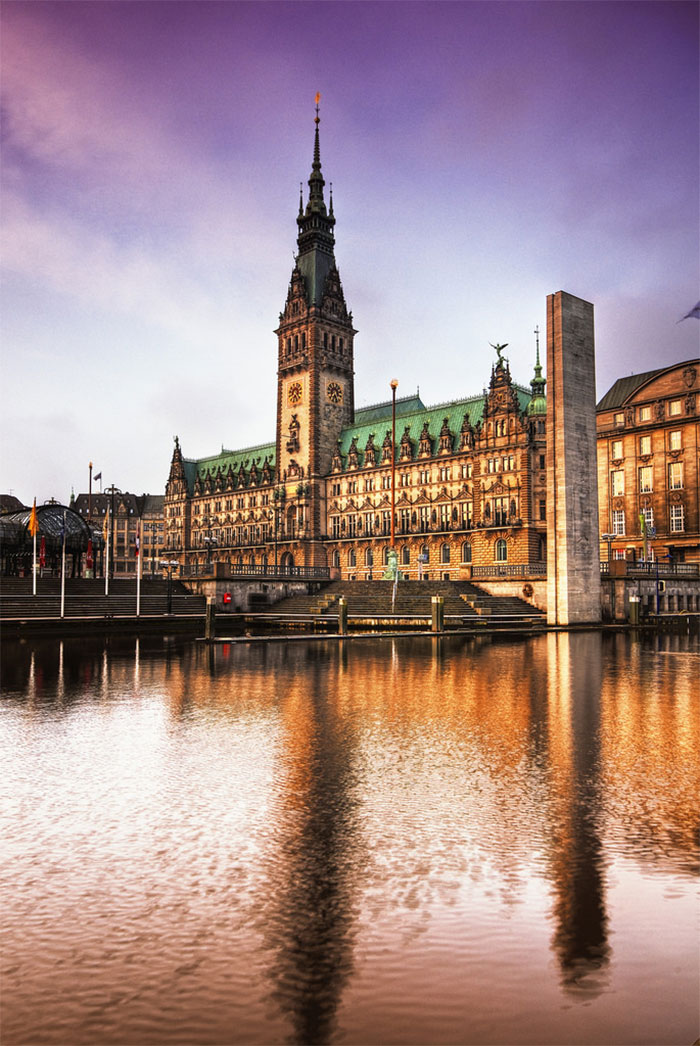
 Land elevation of the Vise-London railway SCMP Graphic
Land elevation of the Vise-London railway SCMP Graphic
CALAIS - LONDON Final destination
Near the end of the route, the train crosses the English Channel, entering the Eurotunnel at Calais. After 18 days and 12,000km, the containers finally reach their destination: London.
